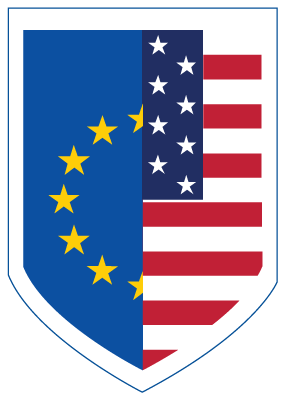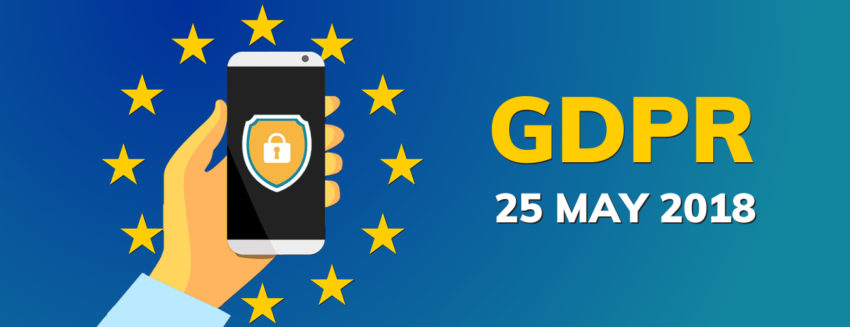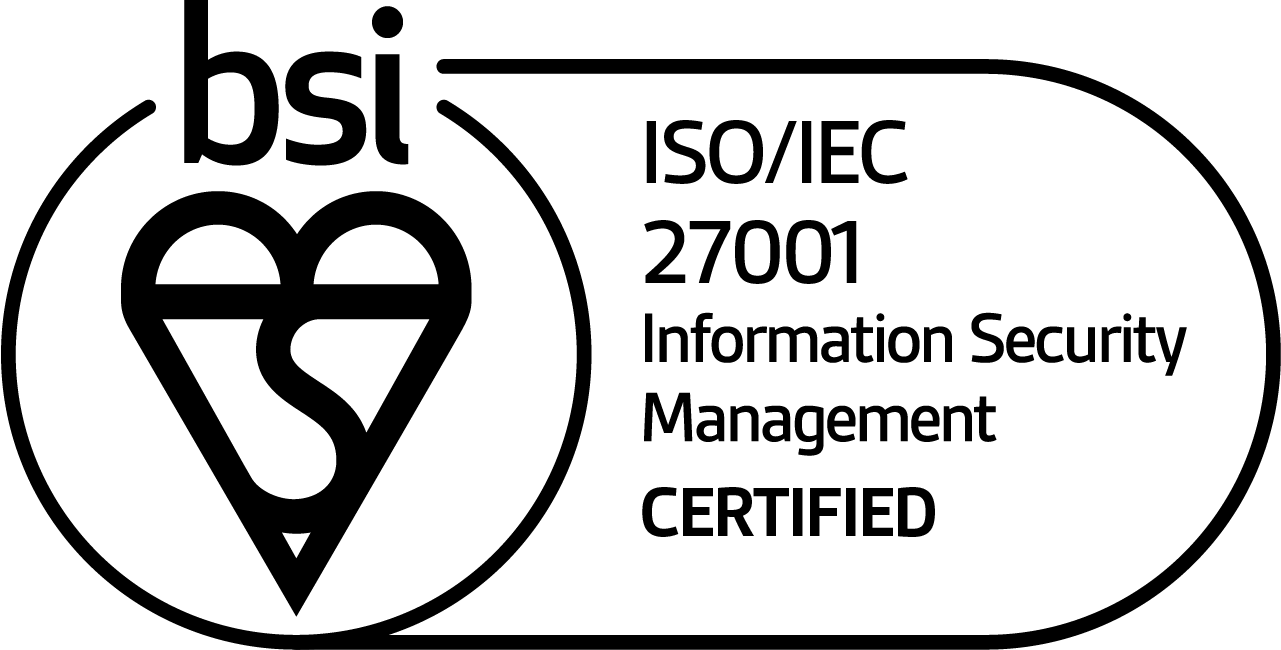TL;DR
The General Data Protection Regulation or GDPR was created in 2016 as a protective measure for the citizens of the EU and the EEA. Its goal? To make sure everyone can decide for themselves what personal data websites can receive and what they’re allowed to use it for. That’s why your email marketing has since needed opt ins and easily accessible unsubscribe links.
To be sure that those same European citizens can also access American websites safely and with respect for their privacy, the US and the EU developed the Privacy Shield in 2016. Why the Privacy Shield was invalidated and what that means for your email marketing, you’ll discover in this article.
The General Data Protection Regulation or GDPR was created in 2016 as a protective measure for the citizens of the EU and the EEA. Its goal? To make sure everyone can decide for themselves what personal data websites can receive and what they’re allowed to use it for. That’s why your email marketing has since needed opt ins and easily accessible unsubscribe links.
To be sure that those same European citizens can also access American websites safely and with respect for their privacy, the US and the EU developed the Privacy Shield in 2016. Why the Privacy Shield was invalidated and what that means for your email marketing, you’ll discover in this article.
What is the Privacy Shield?
The Privacy Shield came into being in 2016 to regulate the exchange of personal data for commercial purposes between the United States and the European Union.
It was created in lieu of a previous set of regulations that was dismissed as insufficient by the European Court. American legislation is more ambiguous about data protection than the European one en particularly fell short on the following fronts:
It was created in lieu of a previous set of regulations that was dismissed as insufficient by the European Court. American legislation is more ambiguous about data protection than the European one en particularly fell short on the following fronts:
- adequately removing datas
- collecting massive amounts of data within the provided guidelines
- instituting an ombudsman service for accessing personal data by the American government for national security
The Privacy Shield protected European website visitors’ personal data more consistently and thoroughly than the United States regulations would.
Why was the Privacy Shield invalidated?
The Privacy Shield received a lot of opposition when it was installed in 2016. The European Court passed the regulations, but critics knew that the Privacy Shield did not grant the same protections for European citizens’ data in the US as the GDPR did in the EU.For instance, experts wondered to which extent certain parts of the treaty would be honoured in practice and how we would even be able to verify its implementation.
The American promise that there would be no ‘large scale surveillance’ of European data was also rightly questioned, not in the least because the legislation regarding counter-terrorism still applies. In the war on terror, the American government sometimes plays fast and loose with online privacy, whether it’s their own citizens’ or the Europeans’.
All in all, everyone agreed that the Privacy Shield would mostly provide a false sense of protection and the critics were proven right. The European Court eliminated the inadequate regulation in 2020.
What if I manage my email marketing with an American tool like Mailchimp?
You’re probably using multiple email tools within your email marketing. Are some of those American platforms? Then chances are you’ll need to reevaluate their privacy policy, since they don’t fall under European regulations. For instance, the Mailchimp privacy policy still refers to the recently invalidated Privacy Shield.Problem: you can’t uphold privacy regulations that no longer exist. According to the European Court, you can only comply by taking extra measures through ‘Standard Contractual Clauses’. As a Mailchimp user, you’ll need to update certain elements to remain compliant.
The European Court explicitly points to your research duty to evaluate the level of protection any third party country offers before transferring them any personal information. Moreover, you have the duty to report to your customers when you’re exporting data to the US or any other country outside the EU.
Should I switch to a European email tool for my email marketing?
Do you want to be sure your email marketing is completely safe and that you’re protecting your visitors’ information as best you can? Then yes, you are better off with a European email tool like Flexmail.As you’ll read in our privacy policy, your email marketing will automatically comply with all regulations when using Flexmail. For all of our data storage, we count on the most reliable one-stop partner for the hosting of just about every IT infrastructure, website or application.
Combell takes every possible step to ensure that your data is protected by the latest technology and that everything is processed within the EU. In addition, we offer far-reaching safety guarantees: both Combell and Flexmail are ISO 27001 certified.
As should be the case for European email tools, Flexmail helps you protect your company against litigation regarding privacy violations and earn the trust of each customer, visitor and user.
Finally, you won’t have to forego easy usability and comfort with your European tool. You’ll have even less to worry about: you’ll work and be supported in your own language, you’ll get all the powerful features you need to use your new tool and you’ll rest assured that you’re complying with the GDPR.
Ready to trade your inadequate American tool for the reliable Flexmail?
Test our email tool for free for 30 days or contact our specialists for personal advice. Talk to you soon!
 Michelle Dassen
Michelle Dassen





